Smeared with the Gold of the Opulent Sun
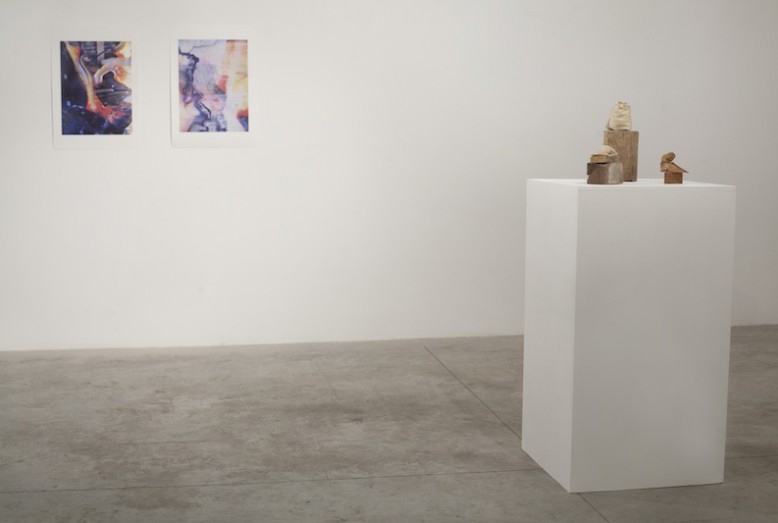 Smeared with the Gold of the Opulent Sun. Installation view, Nomas Foundation, Rome. Courtesy of the artist. Ph. Martina Cristofani
Smeared with the Gold of the Opulent Sun. Installation view, Nomas Foundation, Rome. Courtesy of the artist. Ph. Martina Cristofani
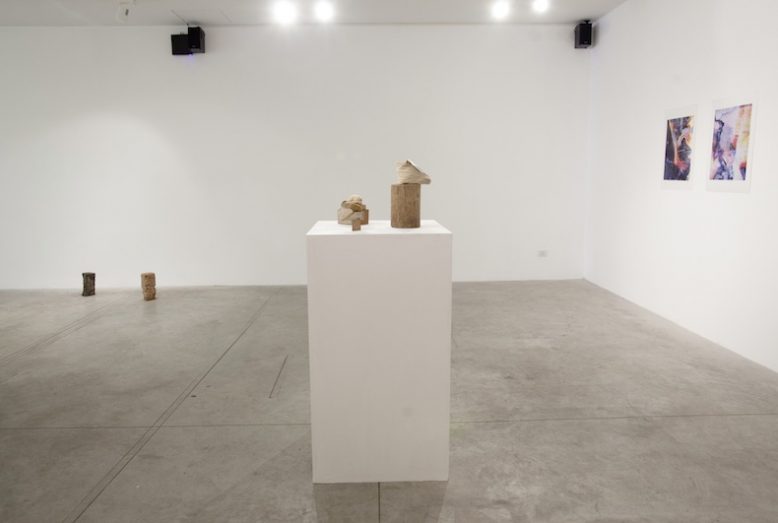 Smeared with the Gold of the Opulent Sun. Installation view, Nomas Foundation, Rome. Courtesy of the artist. Ph. Martina Cristofani
Smeared with the Gold of the Opulent Sun. Installation view, Nomas Foundation, Rome. Courtesy of the artist. Ph. Martina Cristofani
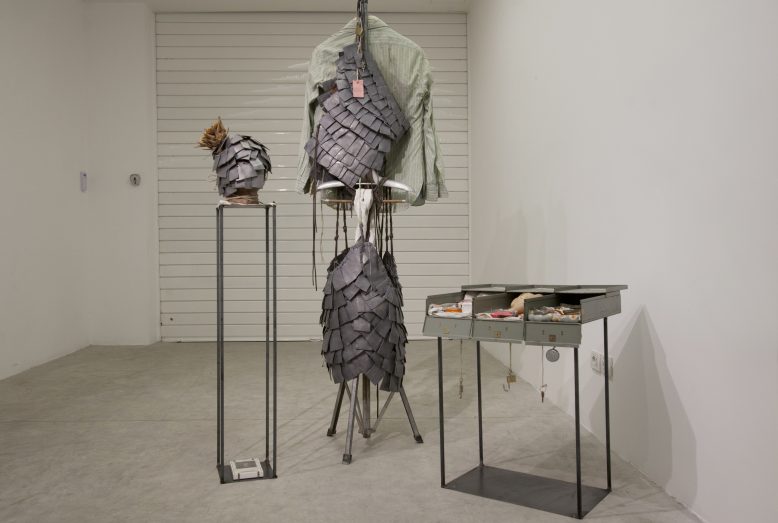 Carlo Gabriele Tribbioli, Ancora agitazioni nel sepolcro del Nacigno (props). Installation view, Nomas Foundation, Rome. Courtesy of the artist. Ph. Martina Cristofani
Carlo Gabriele Tribbioli, Ancora agitazioni nel sepolcro del Nacigno (props). Installation view, Nomas Foundation, Rome. Courtesy of the artist. Ph. Martina Cristofani
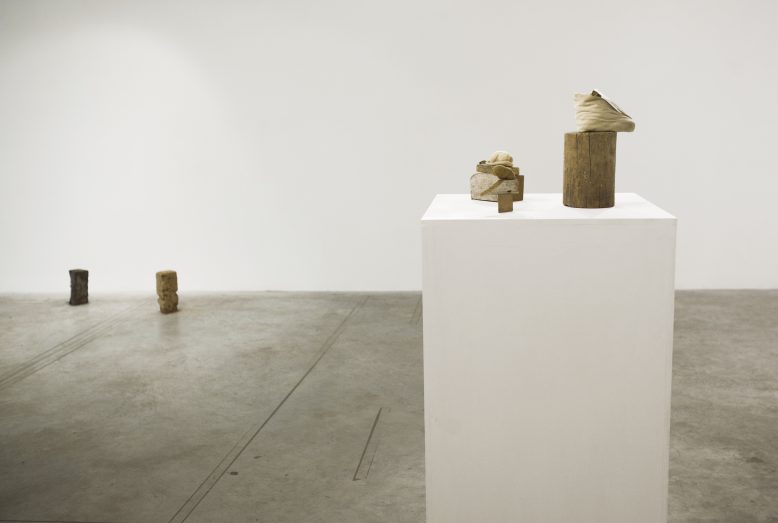 Smeared with the Gold of the Opulent Sun. Installation view, Nomas Foundation, Rome. Courtesy of the artist. Ph. Martina Cristofani
Smeared with the Gold of the Opulent Sun. Installation view, Nomas Foundation, Rome. Courtesy of the artist. Ph. Martina Cristofani
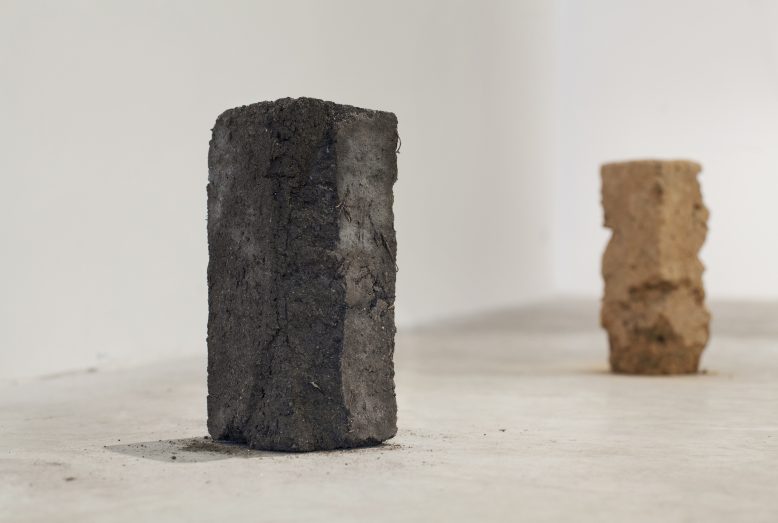 Alessandro Piangiamore, Tutto il vento che c'è (Ponentino) and Tutto il vento che c'è (Scirocco). Installation view, Nomas Foundation, Rome. Courtesy of the artist. Ph. Martina Cristofani
Alessandro Piangiamore, Tutto il vento che c'è (Ponentino) and Tutto il vento che c'è (Scirocco). Installation view, Nomas Foundation, Rome. Courtesy of the artist. Ph. Martina Cristofani
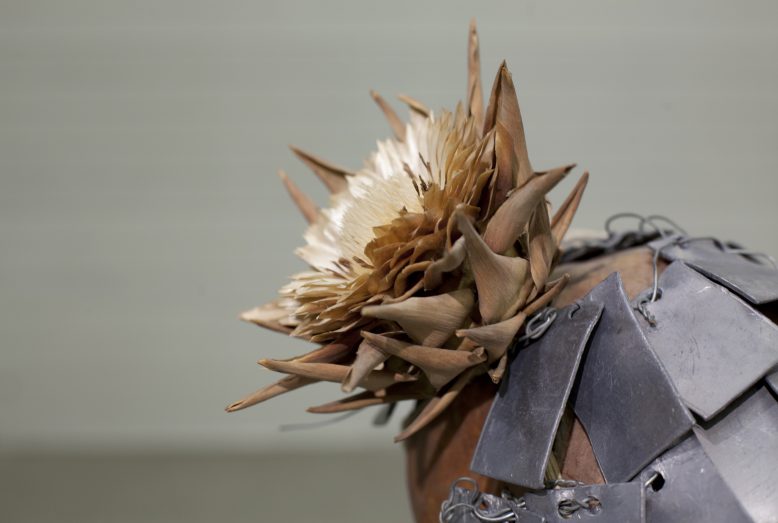 Carlo Gabriele Tribbioli, Ancora agitazioni nel sepolcro del Nacigno (detail of prop). Installation view, Nomas Foundation, Rome. Courtesy of the artist. Ph. Martina Cristofani
Carlo Gabriele Tribbioli, Ancora agitazioni nel sepolcro del Nacigno (detail of prop). Installation view, Nomas Foundation, Rome. Courtesy of the artist. Ph. Martina Cristofani
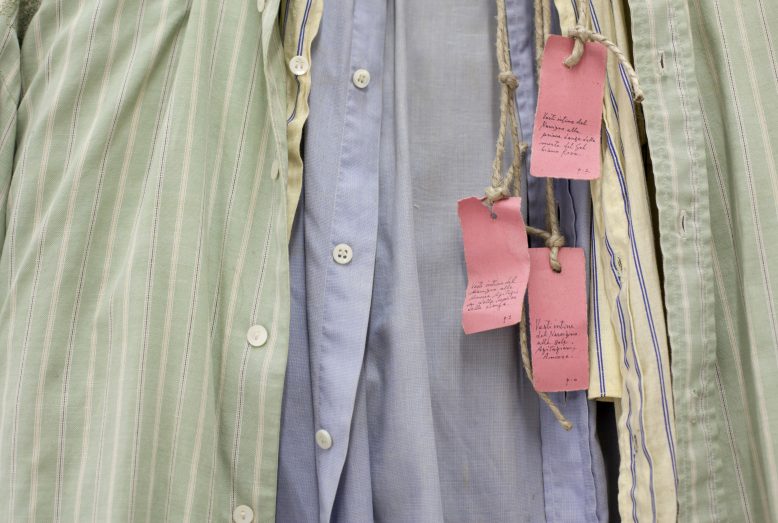 Carlo Gabriele Tribbioli, Ancora agitazioni nel sepolcro del Nacigno (detail of prop). Installation view, Nomas Foundation, Rome. Courtesy of the artist. Ph. Martina Cristofani
Carlo Gabriele Tribbioli, Ancora agitazioni nel sepolcro del Nacigno (detail of prop). Installation view, Nomas Foundation, Rome. Courtesy of the artist. Ph. Martina Cristofani
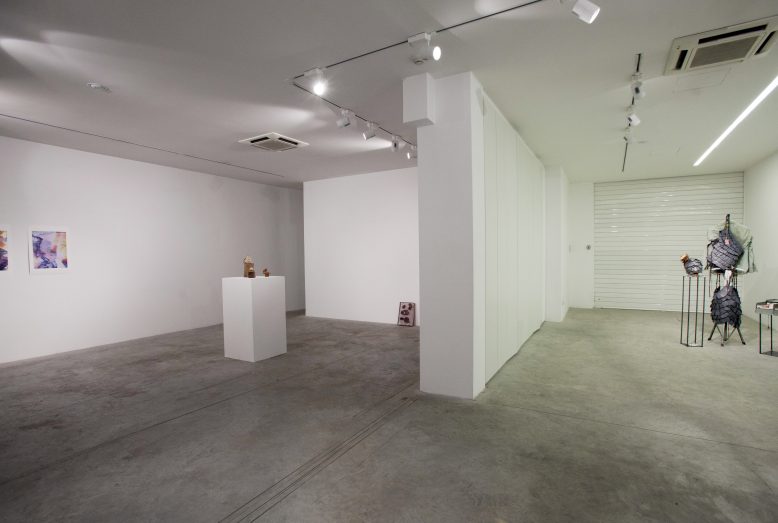 Smeared with the Gold of the Opulent Sun. Installation view, Nomas Foundation, Rome. Courtesy of the artist. Ph. Martina Cristofani
Smeared with the Gold of the Opulent Sun. Installation view, Nomas Foundation, Rome. Courtesy of the artist. Ph. Martina Cristofani
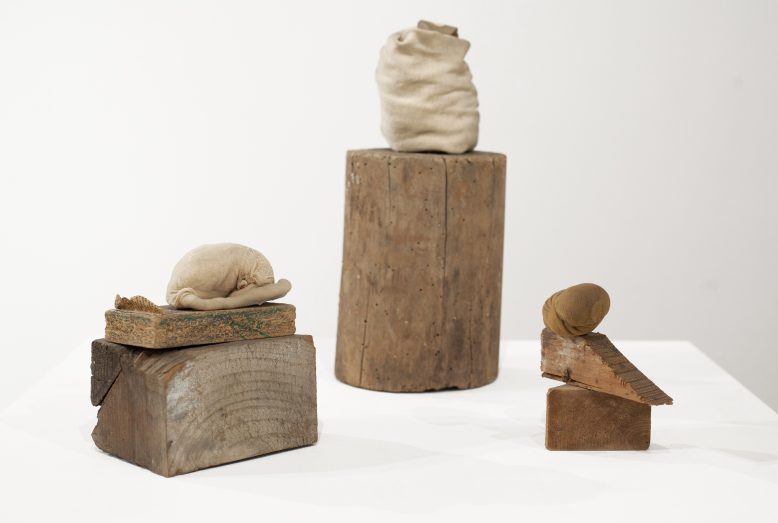 Luisa Gardini, Untitled, 2015. Installation view, Nomas Foundation, Rome. Courtesy of the artist. Ph. Martina Cristofani
Luisa Gardini, Untitled, 2015. Installation view, Nomas Foundation, Rome. Courtesy of the artist. Ph. Martina Cristofani
Curated by Chris Sharp
May 26th - July 13th, 2012
Opening: Saturday, May 26th, 2012 from 11.30am
Nomas Foundation, viale Somalia, 33, Rome
ARTISTS: Luisa Gardini, Richard Gasper, Giovanni Kronenberg, Jochen Lempert, Matteo Nasini, Nicola Pecoraro, Alessandro Piangiamore, Carlo Gabriele Tribbioli
Smeared with the Gold of the Opulent Sun is an exhibition that loosely revolves around an absent character, a central, but missing figure. It could be seen as a necessarily failed attempt to reconstruct his story from a collection of objects and images presumably created by or gathered by him. Although an inhabitant of Rome, it is not clear if he was actually born, or if he even died there (or if, in fact, he is even dead, possibly missing, or quite simply elsewhere– deliberately leaving this inscrutable but elegant autobiography of objects behind him). When exactly he existed is also difficult to say. It might have been in some distant, or not-so-distant past (the time of rubber chickens?), which might as well be some moment from the future. Like the great and much battered city in which he lived, the remnants of his life testify to layers of contradictory and impacted stretches of time. Who was he? What did he do? This too is a mystery. However, like anyone or everyone, he seems to have loved. Struggled to survive and defend himself. Sought to understand the damaged times in which he existed. To what degree he was successful at any of this is no less impossible to say. If anything can be said with any, albeit no less speculative, certainty, it would be that he seems to have been particularly interested in the texture of his surroundings and the wind which passed through them– as if one were the negative of the other, the registration, the proof of its passage, as full of time as the other was timeless. Unfortunately, while this ultimately does not tell us much, it arguably tells us already more than we really need to know if not about who he was, then about the world through which he moved and which moved through him.
The exhibition features work by eight artists who either live or work in Rome or have spent time and worked in the city. Long-time Rome resident Luisa Gardini (b. 1935) shows three small sculptures, Untitled, Untitled, and Untitled (1965, 1965, and 1968); these works have never been exhibited. Fashioned out of bits of wood, scraps of paper, and women’s textiles, Gardini’s intimately-scaled, sculptural assemblages are at once time capsules and timeless investigations of everyday materials. Like a great deal of the work in the exhibition, they possess the virtue of being difficult to locate in time, in so far as they seem to belong as much to the present as to the era in which they were originally made. The English artist Richard Gasper (b. 1982) exhibits Uff (2011), a resin and ceramic sculpture, which was created while a resident at the British School in Rome in 2010/11. The work consists of a thick sheet of unfired and perforated clay preserved in a block of translucent resin. This strangely elusive object, which is both pictorial and sculptural, and whose unsettling and fascinating contents are evocative of either human flesh or food, could be read as some kind of scientific specimen or a fragment of a larger, undefinable whole. It occupies a space of relative inscrutability that which generally characterizes the exhibition. The Rome-and-Milan based artist Giovanni Kronenberg (b. 1974) will be exhibiting La leggerezza dell’arrossire (2002-2007), a bonsai tree on the bark of which is carved the artist’s and an ex-girlfriend’s initials. Conceived a year after the two separated, the tree is less an elaborate sentimental token to a bygone lover than a tribute to the fragility of memory and the nourishment it requires in order to function and survive. The Hamburg-based, German artist Jochen Lempert’s (b. 1958) contribution consists of a single black-and-white photo taken on the Via della Pace while a resident at the Villa Massimo in 2009. Initially difficult to understand, it documents the strange behavior of a group of bees, who, contrary to custom, seem to be inexplicably nesting out in the open. Matteo Nasini (b. 1976) presents a sound installation, Untitled Pass Through (2012), which consists of a recording of wind playing, so to speak, several different instruments the artist constructed himself. It seeks to immaterially materialize one of the most fleeting and elusive natural phenomenon of all: the wind. Meanwhile, Nicola Pecoraro (b. 1978) will show two manipulated photographs. The images, which have been deliberately damaged by emulsions and rephotographed, seem to have been recuperated from the detritus-filled, urban dead-zones that they depict. Alessandro Piangiamore (b. 1976) will present Ponentino (undated) and Scirrocco (undated) from his work, Tutto il vento che c’è (All the wind that blows). These two sculptures are part of a larger, on-going project to create portraits of more than 140 known winds around the world. As in the case of Ponentino– named as such after a wind that blows along the Tuscan and Latial coasts– this can involve the artist leaving a small monolith-like object of clay fashioned from the earth where the wind blows, which is gradually marked by the passage of the wind in question, after which he recuperates it and exhibit it. Carlo Gabriele Tribbioli (b. 1982) presents the elaborate lead costume and accoutrements to the performance Ancora Agitazioni nel Sepolcro del Narcigno (2007). Taking as its point of departure, lead and its saturnine effects on the human body and the psyche, the performance was intended to function as a symbolic exorcism of the saturnine “humors.”